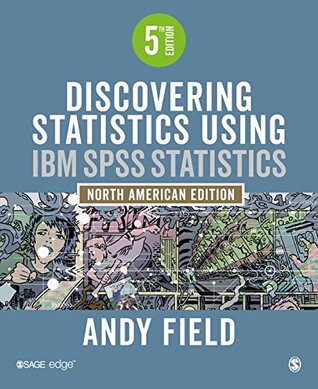The explanation is that repeated-measures designs have relatively more power. When the same entities are used across conditions the unsystematic variance (error variance) is reduced dramatically, making it easier to detect the systematic variance. It is often assumed that the way in which you collect data is irrelevant, and in terms of the effect size it sort of is, but if you’re interested in significance then it matters.
Welcome back. Just a moment while we sign you in to your Goodreads account.


